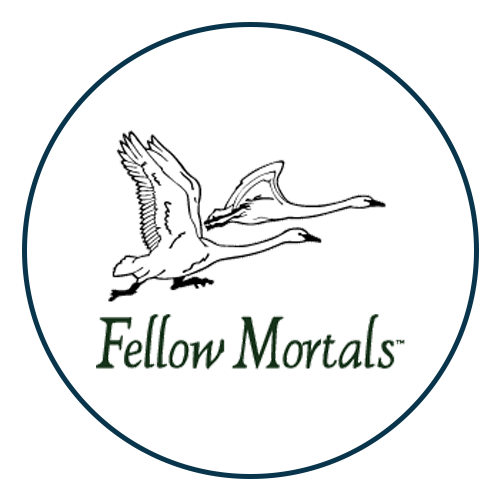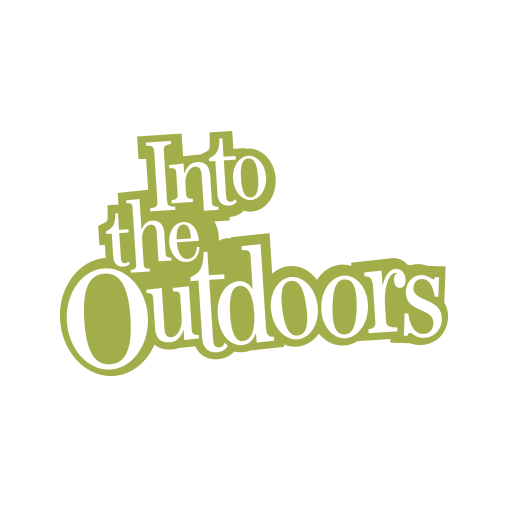1. Encourage wildlife care compassion, raise national awareness of the public resources and services available through wildlife rehabilitation organizations, and provide the proper procedures of how to collaborate with professional rehabilitation resources to provide first responder care for wildlife.
2. Nationally reshape the preconceptions of wildlife intervention within communities about proper wildlife care procedures by addressing misinformation and provide the proper dos-and-don’ts of wildlife care intervention.
3. Establish the credibility and community understanding of the professionalism of wildlife rehabilitation specialists by explaining the training and licensing process for wildlife rehabilitation professionals.
4. Inspire future wildlife conservation advocates by sharing the fulfillment discovered by playing a role in providing care for wildlife as well as empowering advocates to take preventative measures in their own environment to reduce the amount of wildlife injury and orphaning.
5. Empower advocates to pursue a career in wildlife care by explaining the fulfilling career of wildlife rehabilitation specialists and offering direction to prepare/embark on a wildlife care career path. This goal will also empower advocates to establish their own wildlife rehabilitation hospitals in the future by highlighting how to create a professional rehabilitation hospital based on Fellow Mortals’ professional, ethical, and sustainable organization model.
ACHIEVING THE INITIATIVE’S EDUCATIONAL GOALS
To achieve our educational goals, we are producing and nationally distributing a 30-minute wildlife-care and intervention documentary on ITO’s educational distribution network to educate a projected 20 million viewers across the country with expert advice about the importance of professional wildlife care, how to properly steward wildlife, and how to collaborate with wildlife care service providers. Alongside the episode, we are also developing and distributing corresponding classroom lesson plans, activities, and videos for educators to use as supplemental curriculum for elementary to high school students in classrooms and/or homes.
1. The first goal will encourage public compassion and spread knowledge of the fragile relationship we have with the other inhabitants of our planet by sharing the critical importance of proper wildlife care as it affects: our public and individual safety, the well-being of individual wildlife, the protection of wildlife populations, biodiversity, and ultimately the health of the planet’s ecosystems. The documentary will also nationally raise awareness of the available wildlife rehabilitation organizations and services by showcasing case stories and interviews from Fellow Mortals Wildlife Rehabilitation Hospital staff. The staff will authentically describe the services offered and how to properly utilize these services by making observations and calling for intervention advice. ITO’s audience will learn how wildlife-care organizations, like Fellow Mortals, offer 1-to-1 expert advice to educate individuals on the case-by-case procedures of wildlife care and intervention as well as offer free wildlife rehabilitation services. By creating national societal awareness of these invaluable organizations and the services they provide, the public will have access to the proper information needed to properly collaborate with professionals to rehabilitate wildlife in the case of injury or orphaned.
2. The second goal will correct the spread of intervention misinformation by providing an extensive and chronological explanation of the Dos-and-Don’ts of wildlife care interaction through several “start-to-finish-how-to” case narratives to highlight common and critical cases of injured and orphaned wildlife. The episode and lesson content will highlight the following proper ways (Do’s) to collaborate with rehabilitation hospitals provide care for wildlife:
Research to find the number for your local wildlife rehabilitators professionals
Observe wildlife’s behavior from a safe distance
Call a rehabilitation expert immediately and follow their professional advice
Prepare to be a wildlife first responder by acquainting yourself with the natural history and species common to your area
The documentary will also address the following common misconceptions of wildlife care intervention (Don’ts) that create unsafe scenarios for humans and wildlife as well as reduce the effectiveness of wildlife hospitals to rehabilitate:
Do not touch the wildlife
Do not move unless advised to do so by experts
Do not feed or water
Do not live trap
Do not seek advice from uncertified sources
Do not give wildlife to anyone without asking for credentials
Do not keep wildlife in your possession
The episode will also encourage viewers to play a role in the prevention of the spread of misinformation by empowering youth and educators to share these critical messages by word of mouth and by directing others to educational resources such as this episode/lesson content. To further foster a more humane treatment culture towards wildlife, the content will also promote celebration for individuals and organizations that practice safe and humane wildlife care procedures.
3. The third goal will establish professional credibility for wildlife rehabilitators by showcasing rehabilitation facilities and procedures to educate viewers about the process of becoming a licensed wildlife rehabilitator, including the necessary training, studying, testing and inspection required prior to licensing. The content will include interviews by experts who will highlight how the years of mentor-guided practice result in extensive experiential knowledge of species interaction, natural history, preventative measures to mitigate wildlife injury, wildlife behaviors, and treatment of common and critical injuries.
The episode will also offer viewers an inside perspective of the challenges and solutions that wildlife rehabilitation hospitals face as they care for our communities by providing care for wildlife– challenges such as: lack of community knowledge of wildlife care availability that prevents professionals from providing life-saving care, lack of funding for staff and operating costs, lack of other rehabilitation facilities, and the spread of misinformation about care intervention. The solutions to these challenges are: inform communities about the widely available resource of rehabilitation hospitals and provide instructions on how to interact with this professional resource, inspire individuals, communities, and organizations to help contribute funding to protect our wildlife by supporting our wildlife hospitals, empower advocates to launch their own professional rehabilitation hospital in their career’s future.
4. The fourth goal will empower future advocates by showcasing interviews from rehabilitation staff as they share their passion and joys discovered by caretaking for wildlife. The content will also empower future advocates to be a part of wildlife conservation by providing a wildlife injury preventive education which highlights preventive measures that can be taken around homes and schools to reduce wildlife harm such as habitat and structure modifications, keeping buildings repaired, reducing the use of poison, reducing the use of glue traps, and addressing the orphaning issues of live-trapping.
5. The fifth goal will empower advocates to pursue a career in wildlife care by explaining the career of wildlife rehabilitation specialists and offering direction to prepare/embark on a wildlife care career path. The content will also empower advocates to establish their own wildlife rehabilitation hospitals in the future by highlighting a successful model of a wildlife rehabilitation hospital by illuminating the professional, ethical, and sustainable framework of Fellow Mortals’ Rehabilitation Hospital.

